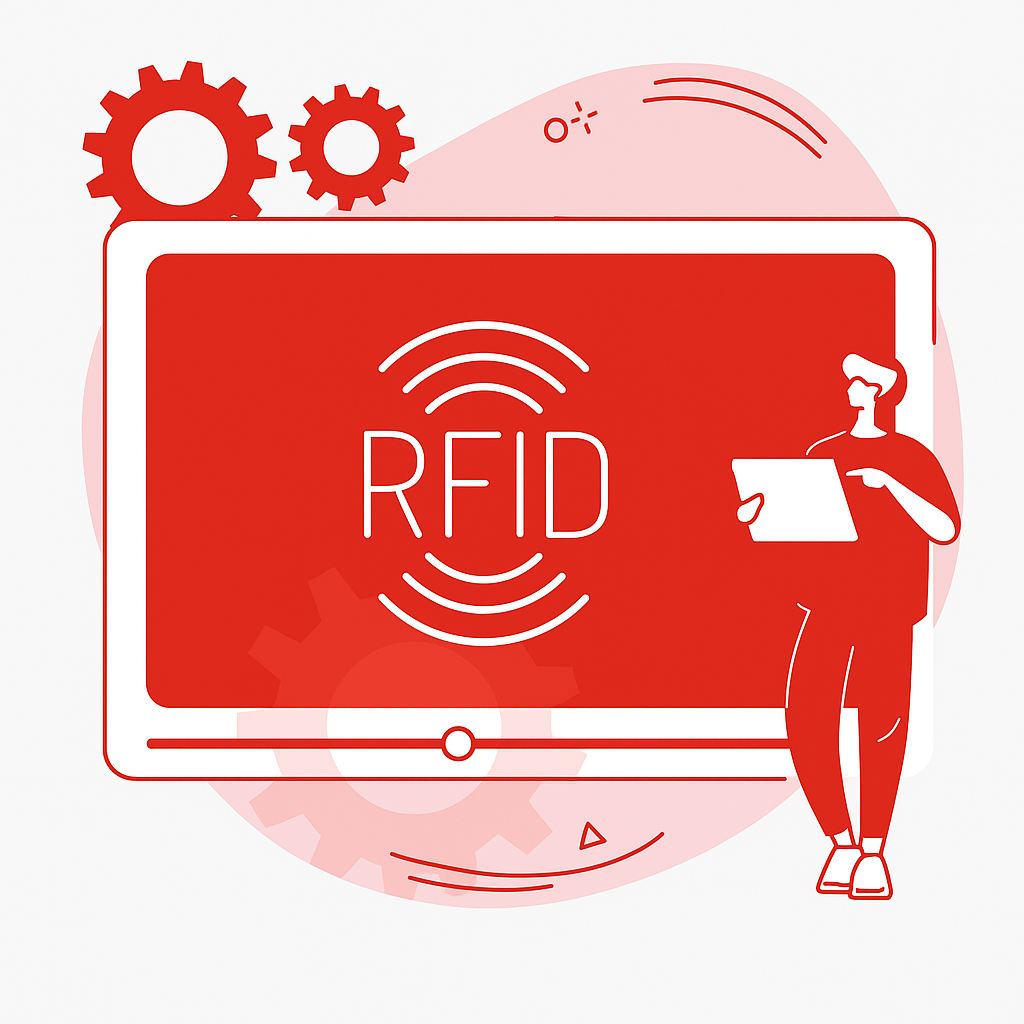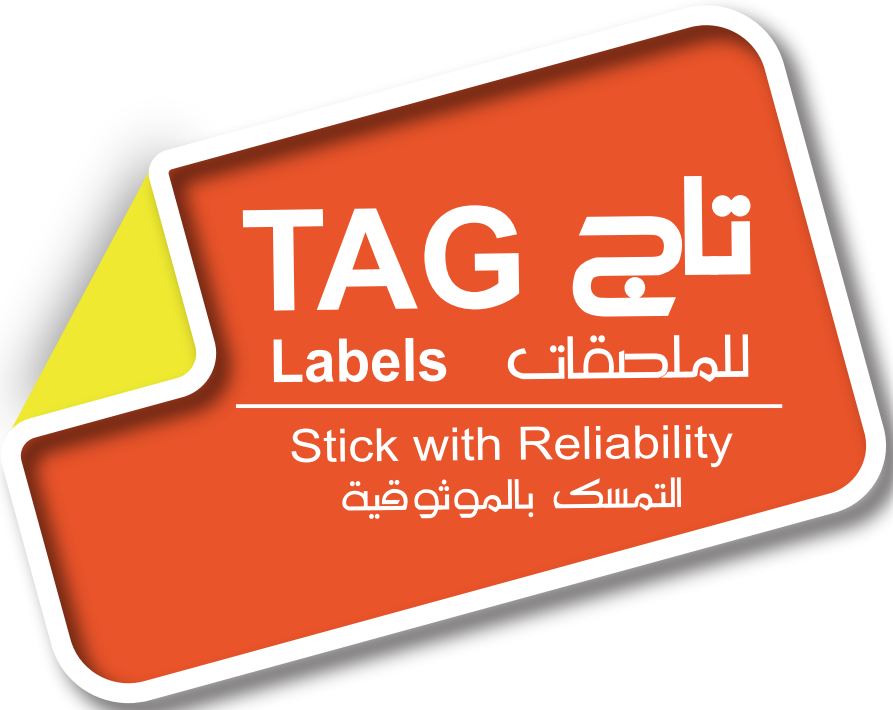Custom RFID Labels, Tags,
& Encoding
TAG Labels has the ability to create customized radio-frequency identification (RFID) labels in combination with our durable label solutions. This allows us to develop unique RFID labeling solutions specifically tailored to any industry.
In addition, by combining RFID technology with our durable identification solutions, we can create an RFID label or tag that can be printed with 1D or 2D barcodes, encoded with vital information, and that will withstand various harsh environments and conditions. Moreover, by using an RFID thermal printer, these RFID solutions can be printed and encoded simultaneously, saving time and improving productivity.
The encoded RFID inlays have a flexible storage capacity that can be adapted to your needs and locked or password-protected for added security. RFID inlays can be scanned from a distance without a direct line-of-sight, and are rewritable so that they can be re-used.

Why Choose RFID Labels?

Wide Reading Radius
Unlike 1D and 2D barcodes, which require full visibility and high image quality to be scanned, RFID tags can emit their signal even when covered or embedded within an item. No direct line of sight is required, allowing RFID labels to be scanned/read in a 360° radius and with a wide omnidirectional read range (inches to several feet). This gives RFID tags more freedom when it comes to tag placement and can reduce the risk of the tag becoming unfastened from the item. RFID tags can be made fairly robust to withstand even the harshest conditions.

Printed & Encoded
Our RFID labels and flexible tags are compatible with all major RFID thermal-transfer printers and can be printed with alphanumeric text as well as 1D and 2D barcodes, if necessary. This provides a readable version of your information in addition to the encoded data. RFID-encoded data can also be encrypted and shielded. This enables you to print general information while ensuring that sensitive information is kept confidential.

Passive UHF
Labels equipped with a passive UHF inlay do not require a battery to function. This allows the label to be small and flexible and can be applied to various surfaces. RFID tags also allow for scanning from a wide range of angles, and can receive multiple backscattered signals at once. This type of bulk-data scanning of numerous items can save a tremendous amount of time that would normally be spent scanning individual barcodes one by one. In addition, RFID chips can store and track more information about parts and components, ideal for industries that need to track large inventories.
Excellent Resistance
Water-resistant, weather-resistant, and durable, our RFID labels adhere to wet and moist surfaces and our flexible tags can be inserted within, directly mechanically fastened to or used as hang tags on a variety of surfaces and containers. They are resistant to alcohols, grease, oil, and other chemicals and detergents. Able to withstand harsh working conditions, these labels and tags can be used in various outdoor applications, including the identification of agriculture products, tires, construction material, tools and staff, as well as gas and oil production equipment.
Extreme Temperature Resistance
Our RFID labels and flexible tags can be made with any of our durable label facestocks, along with a flexible ultra-high frequency (UHF) high-frequency (HF), or near field communication (NFC) inlay that allows excellent adhesion to several surfaces, even at extreme temperatures. Ideal for use in demanding environments, including logistics and cold supply chain, aerospace and aviation to identify aircraft parts and components that may be exposed to ultra-low temperature settings, or the high-heat conditions encountered in the automotive industry.
RFID Labels & Tags in Different Industries

Automotive RFID Labels & Tags
The automotive industry is a competitive environment, with automotive manufacturers looking for a leg up on their competition. As such, innovation is taking place in every sector of the industry, with smart new digital and engineering technology being integrated into the products currently in development. As a result, wide-area radio-frequency identification (RFID), which can significantly increase performance and efficiency, has rapidly become an indispensable technology for any manufacturer seeking to remain competitive.

Energy (Oil & Gas) RFID Labels & Tags
The consumer electronics industry is a natural fit for the wide adoption of radio-frequency identification (RFID) technology. With a complex supply chain, high rates of theft, and a high potential for elevated out-of-stock rates, electronics stand to benefit greatly from the added tracking and visibility afforded by RFID. Many electronics companies and big box stores have already started implementing the technology, including Microsoft and Walmart.

Logistics & Supply Chain RFID Labels & Tags
Supply chain management and logistics provide the perfect environment for the implementation of radio-frequency identification (RFID) technology and are ideally suited to take advantage of its many benefits. RFID can increase visibility during manufacturing all the way through the supply chain, from the storage room to the retail floor, and finally to the exit door, while offering significant advantages over traditional inventory control methods.

Healthcare RFID Labels & Tags
Radio-frequency identification (RFID) is broadly implemented across many business sectors, including the pharmaceutical industry, where it is used to prevent counterfeit pharmaceuticals. However, the healthcare field has been slow to adopt the technology to date. The industry has taken a cautious approach, conducting multiple studies to examine the benefits, perception, and potential barriers to RFID implementation. Recently, several studies have shown that hospital staff are satisfied with RFID technology for administrative functions and for patient care.
